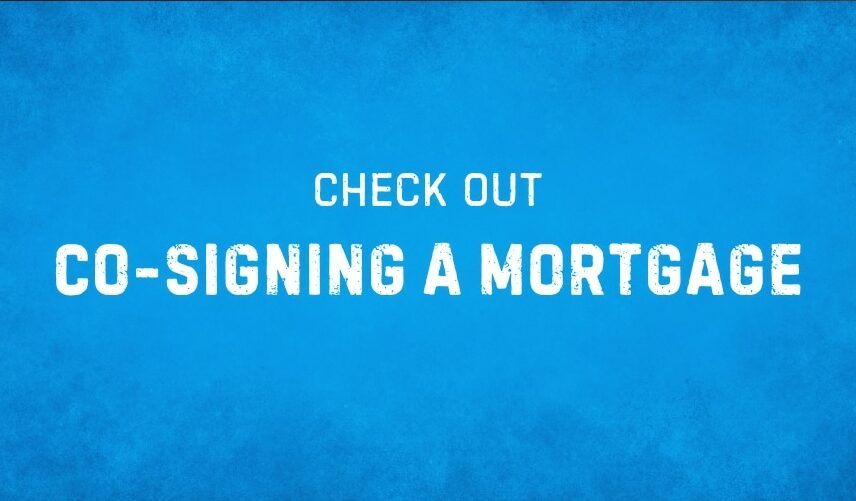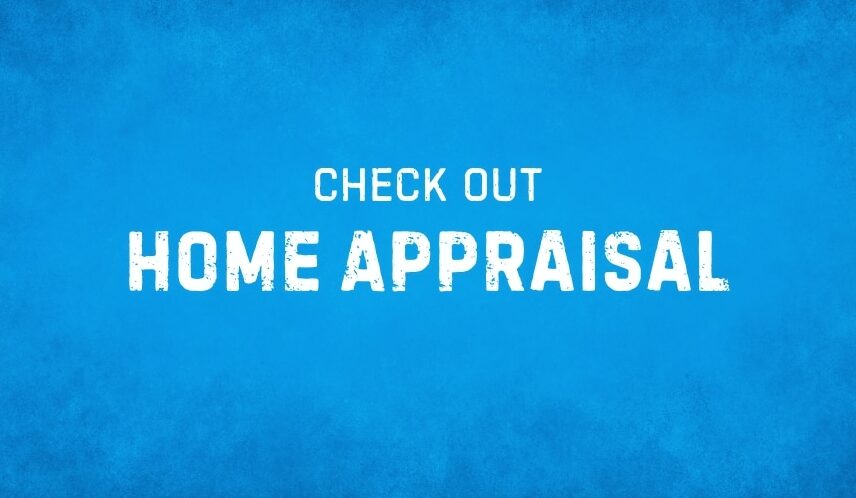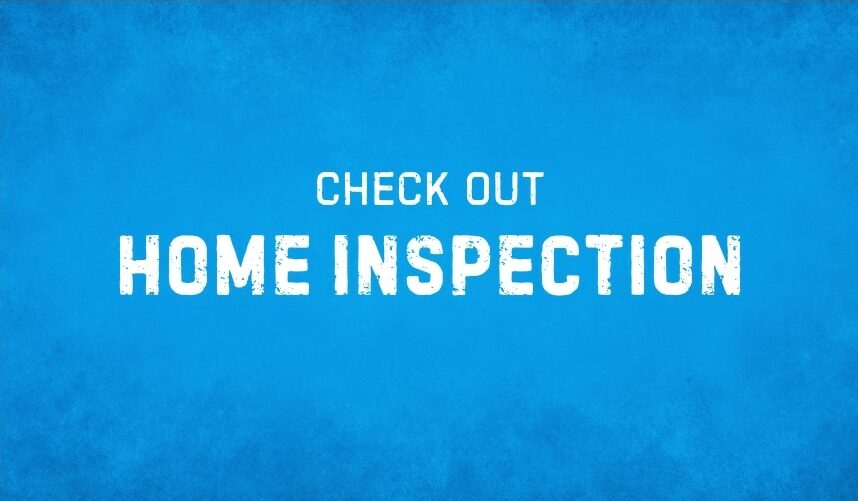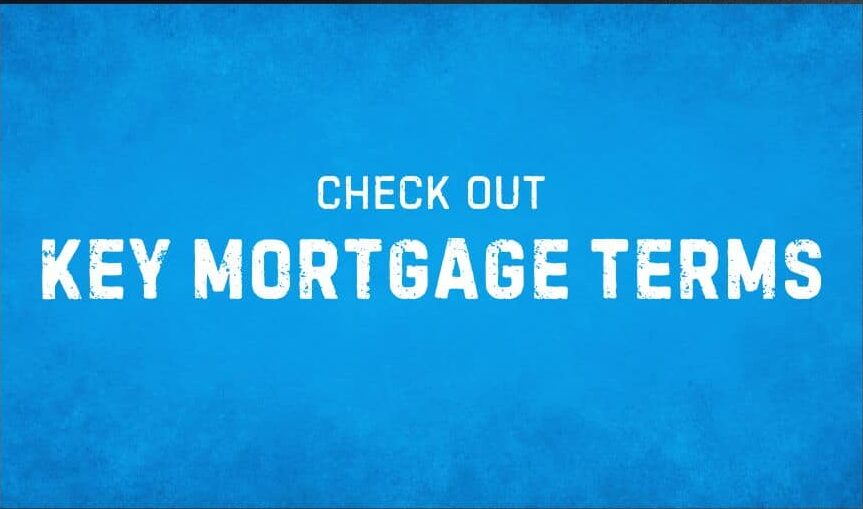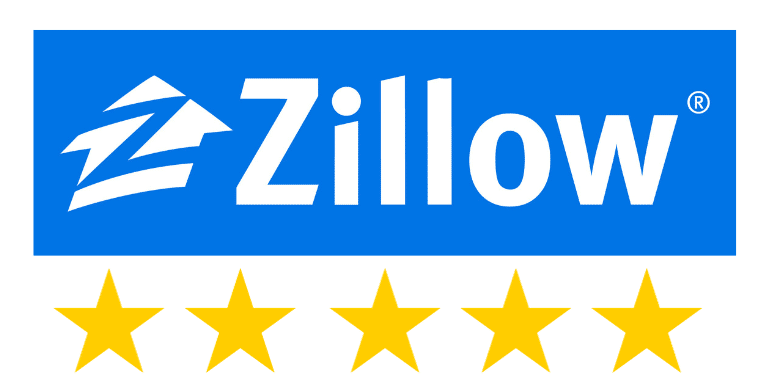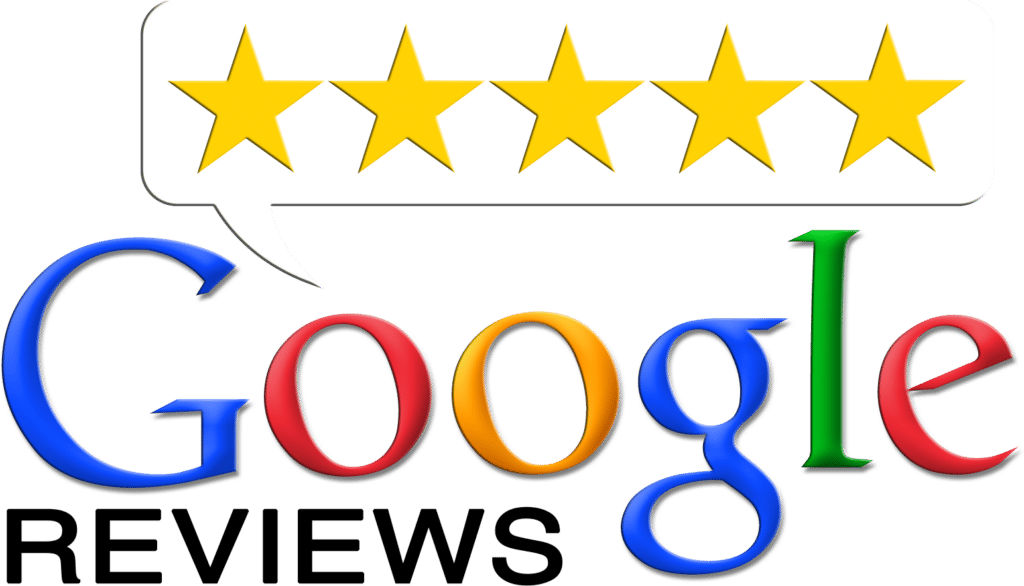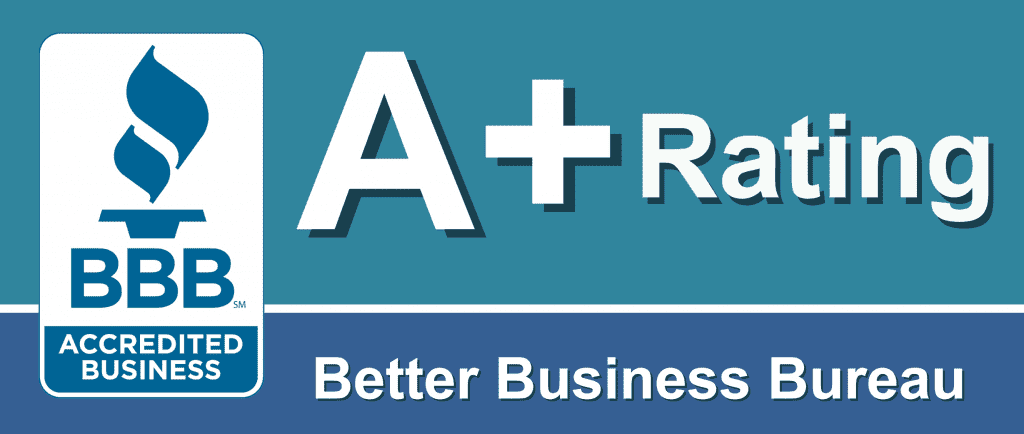
Having a mortgage in retirement can be beneficial for many homeowners. Like most things, there isn’t a “one size fits all” solution to deciding if you should or should not have a mortgage when your retire.
Below we’ll cover the benefits of having a mortgage in retirement, the qualifications needed, the different types of mortgages available, and more.
Benefits of a Mortgage In Retirement
Owning a home after you leave the workforce is an integral part of your total financial plan for retirement. Here are the benefits of having a mortgage in retirement.
- Larger Nest Egg: If you have a mortgage in your retirement years, you’ll have more money in your retirement account (s). More money in your retirement account (s) means a larger monthly distribution check.
- Stable cost of living: You know what to expect each month with a fixed mortgage payment. You don’t have to worry about increasing rent and can easily manage your predictable budget.
- Tax benefits: We all want to do whatever we can to decrease our tax liability, and owning a home is one of the best ways. You can write off the interest paid on your mortgage, real estate taxes, and certain home expenses (especially energy-efficient expenses).
As you can see, owning a home is an integral part of retirement for many retirees.
Home Loan Pre-Approval
A quick pre-approval with exceptional service and low rates.
Can I Qualify for a Mortgage on Retirement Income?
Yes. Mortgage lenders have many ways of qualifying a borrower on retirement income. Pension, Social Security, IRA/401, etc., and investment income can all be used to qualify. Lenders also offer alternative options for those with little retirement income.
Meeting The Requirements
If you can demonstrate that you have enough money to cover the payments with your retirement income and meet other qualifying factors, such as credit score and debt-to-income ratio requirements. In that case, you’re on your way to having a mortgage in retirement. Here’s what you’ll need to qualify.
Income Requirements
Lenders look at your total monthly income based on the method you receive it. If you receive regular monthly checks, you’ll use the drawdown method, and if you have invested assets, the asset depletion method is best.
Social Security
If you receive Social Security income, then that can be used to qualify for a mortgage. Sometimes, your income can be “grossed up” for income calculation purposes. For some programs, it’s 15%; for others, it’s 25%.
“Grossing Up” Income – The Mortgage Reports has a great example of what this is;
Some kinds of income are not subject to taxes — for example, child support and disability. In that case, lenders are allowed to count that income as worth more. Usually, non-taxable income is worth 25 percent more for mortgage qualifying. So, $1,000 a month in child support counts as $1,250 a month. They call this practice “grossing up” income because you’ll actually have more after-tax income.
source: themortgagereports.com
Pension Income
Pension income is also another easy way to qualify for a retirement mortgage. If you receive pension income, you’ll be asked to provide a 1099, a benefits statement, and two months of bank statements showing the pension income being deposited.
IRA and 401k – Drawdown Method
If you receive regular retirement checks from a retirement account (IRA, 401k, etc.), you can use the proof of receipt to qualify for a mortgage.
It’s like proving your work income – you show the lender the money you bring in, and they compare it to your debts and the potential new mortgage.
Asset Depletion Method
In some cases, lenders can use the asset depletion method.
Lenders use your portfolio’s total (current) value and ‘deplete’ it over the term, whether 360 months, 180 months, or some other term. They’ll first deduct any down payment and closing costs you’ll pay out of it, and then they’ll use 70% of the value to account for taxes and penalties, dividing the remainder by the total term.
Debt-to-Income Ratio
Lenders must ensure you can afford the loan within your current income and any existing debts. For example, if you have credit card debt or a car loan, it takes up some of your income and leaves less for a mortgage payment.
Most lenders want a 43% debt-to-income ratio, meaning no more than 43% of your income should be committed to your debts. This leaves enough money to cover the daily cost of living, savings, and money to cover any emergencies.
Sometimes, the debt-to-income ratio can go as high as 50%.
Credit Score Requirements
Just like when you were employed, the higher your credit score, the better your rate and terms. In retirement, you want the lowest interest rate to keep your monthly payment down and your total loan costs low.
Every lender differs but aims for at least a 680+ credit score. If you aren’t sure what your credit score is, check it on one of the free sites, like Experian or Credit Sesame. They don’t provide the exact FICO credit score lenders use, but it’s as close as it gets.
Down Payment
If you’re buying a home, you’ll need a down payment. And your Loan-To-Value ratio will directly impact your mortgage rate.
The mortgage program you choose determines how much of a down payment you need. For example, FHA loans require just 3.5% down and conventional loans may require 5% or more. The more money you put down, the more equity you’ll have, the lower your mortgage payment, and the less interest you’ll pay over the life of the loan.
You can get almost any type of mortgage in retirement, whether you are buying a home and need a purchase mortgage or you own a home and want to tap into the equity. Lenders today offer cash-out refinance and home equity loan options, making it easy to use your home’s equity.
Types of Mortgages Available
The two main types of mortgages are Conventional and FHA. Additional types include VA home mortgages and USDA home mortgages.
Conventional Mortgage
Under Conventional mortgages, you have Conforming and Non-Conforming loan programs. Conforming loan programs are loans that adhere to the Conforming loan limits of Fannie Mae and Freddie Mac.
Non-Conforming loans are loans with loan amounts above the Conforming loan limits.
30-Year Fixed Term
The most common mortgage term for homeowners in retirement is the 30-year fixed term. It has a rate and payment that never change. Also, the payment is lower than the second most popular program, the 15-year fixed.
15-Year Fixed Term
Like the 30-year fixed term, the 15-year fixed term has a rate and payment that never change. The problem with the 15-year is that your monthly payment is significantly higher, which means you’re dedicating more of your monthly income to your mortgage payment.
That being said, some homeowners are fortunate enough to retire early and would still like to pay off their mortgage. If that’s the case, you may want to consider a 15-year term, provided the monthly payments are low enough.
FHA Home Mortgage
The Federal Housing Administration (FHA) allows retired homeowners and homebuyers to access the FHA mortgage program. FHA mortgages are backed by the federal government and require Mortgage Insurance (MI).
Both the 30-year term and 15-term are available under the FHA mortgage program.
VA Home Mortgage
If you are a current or previous service member, then the VA mortgage program is something you should consider when reviewing your home loan options. Some of the benefits of a VA home mortgage include the following;
- No down payment
- High debt-to-income ratios
- Streamline Refinance
- Low rates
The VA mortgage program is an outstanding option and has helped millions of Americans achieve the dream of homeownership.
Reverse Mortgage
What is a reverse mortgage?
A reverse mortgage allows the homeowner to access their home’s equity. However, the homeowner does not have to make payments. The “reverse” part means you don’t owe any money until you leave home.
A reverse mortgage can be a way to supplement your retirement income. Qualifying for a reverse mortgage differs significantly from a standard mortgage.
- Both or all borrowers must be at least 62 years old
- You should own the home without a mortgage or owe only a small amount
- You must prove you can afford the home upkeep, insurance, and taxes to qualify
- You can’t have any defaults on federal loans
The writers over at Investopedia provide a simple explanation as well;
What Is a Reverse Mortgage?
In a word, a reverse mortgage is a loan. A homeowner who is 62 or older and has considerable home equity can borrow against the value of their home and receive funds as a lump sum, fixed monthly payment or line of credit. Unlike a forward mortgage—the type used to buy a home—a reverse mortgage doesn’t require the homeowner to make any loan payments.
source: investopedia.com
With a reverse mortgage, the lender tells you how much you can receive. The amount varies based on the age of the youngest borrower and the home’s equity. The older you are when you take out a reverse mortgage, the more money you’ll receive, as lenders base it on your life expectancy when you take the mortgage.
You can receive money from your reverse mortgage in several ways:
- Lump-sum – You can receive the entire amount of funds at one time.
- Term – You receive a set payment every month for a specified term.
- Tenure – You receive monthly payments for the duration of your time in the home (or your life).
- Line of credit – You receive a line of credit to access funds as needed.
- Modified term – You receive a set payment for a specified term, and the remaining funds go into a line of credit.
- Modified tenure – You receive monthly payments during your time in the home, and the remaining funds go into a line of credit.
The reverse mortgage gives you access to your home’s equity without worrying about monthly mortgage payments. If you want to keep your income for your current expenses, a reverse mortgage may be just what you need.
Home Loan Pre-Approval
A quick pre-approval with exceptional service and low rates.
Should you Have a Mortgage in Retirement?
For many, the answer to that question is yes.
If you have the rest of your debt under control, meaning you aren’t over your head in high-interest consumer debt, a mortgage shouldn’t take up too much of your retirement income.
And with a mortgage, you’ll have a larger nest egg in your retirement account that you can access as needed. Before making a decision, you should consult your Financial Advisor, research your options and then make an informed decision that meets your financial goals.


